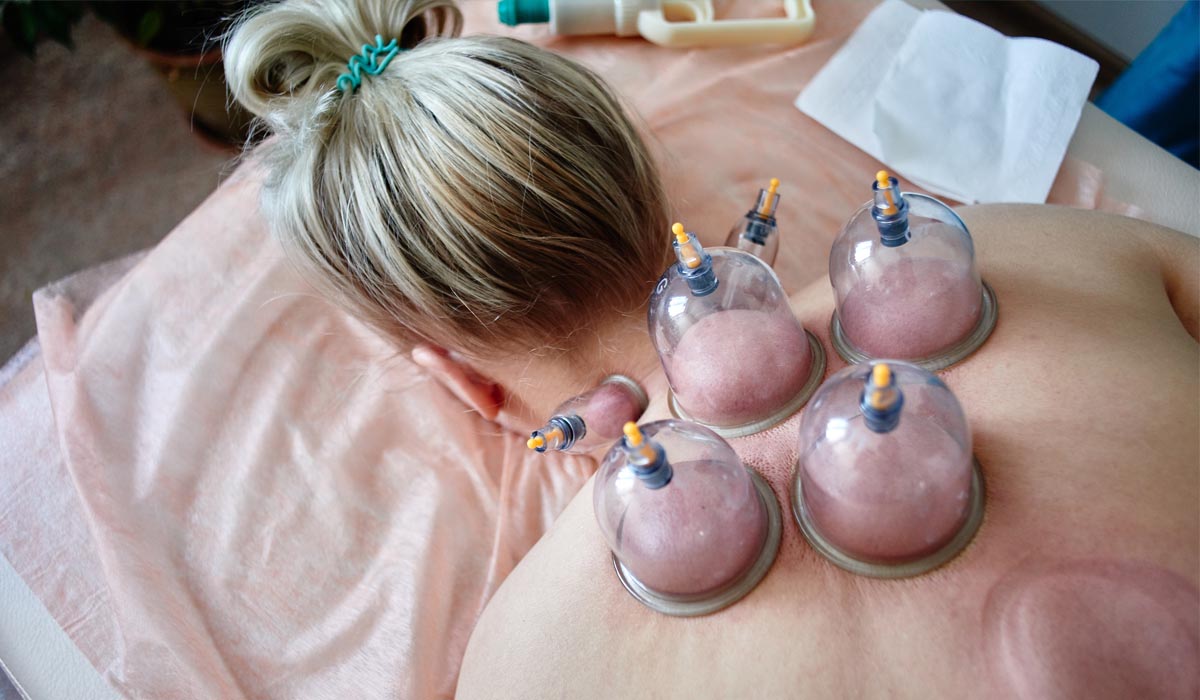Hijama An Ancient Remedy for Modern Ailments
Introduction to Hijama
Hijama in Dubai also known as cupping therapy, is an ancient practice that has transcended time and culture, gaining renewed interest in modern wellness circles. Originating from traditional Chinese medicine and utilized in various forms across different cultures, Hijama involves creating suction on the skin using cups to promote healing and well-being. This practice has been embraced for its potential therapeutic benefits, making it a compelling option for individuals seeking alternative remedies for various ailments.
The Benefits of Hijama
Hijama is touted for its numerous health benefits, which can address a range of modern ailments. The primary mechanism involves the stimulation of blood flow, leading to enhanced circulation and oxygenation of tissues. This increased blood flow can help alleviate pain, reduce inflammation, and promote the healing of injuries. Many individuals who suffer from chronic pain conditions, such as arthritis or back pain, have reported significant relief following Hijama sessions.

Additionally, Hijama is believed to aid in detoxification. By drawing blood to the surface, the body can release toxins, which may improve overall health. This detoxification process is especially beneficial in our modern world, where exposure to pollutants and unhealthy lifestyles can accumulate toxins in the body. Many people have found that regular Hijama sessions contribute to improved energy levels and enhanced mood.
The Science Behind Hijama
While Hijama has deep roots in tradition, modern research is beginning to validate its effectiveness. Studies suggest that cupping therapy can positively impact various health issues, such as muscle soreness, headaches, and even respiratory conditions. The suction created by the cups is thought to facilitate the flow of lymphatic fluid, which plays a crucial role in the body's immune response.
Furthermore, Hijama may have psychological benefits. The relaxing nature of the treatment can help reduce stress and anxiety, contributing to improved mental health. As more people recognize the importance of mental well-being in overall health, therapies like Hijama that promote relaxation and mindfulness are gaining traction.
The Hijama Procedure
The Hijama procedure is straightforward, typically performed by trained practitioners. It begins with a consultation to discuss the individual's health concerns and determine the best approach for treatment. During the session, cups made of glass, bamboo, or silicone are placed on the skin, creating a vacuum seal. The suction can either be static or dynamic, with some practitioners opting to move the cups along the skin to further stimulate blood flow.
The duration of the session usually lasts between 15 to 30 minutes, depending on the specific needs of the patient. After the session, individuals may notice slight redness or marks on the skin, which is a normal response to the treatment. These marks usually fade within a few days.
Who Can Benefit from Hijama?
Hijama is suitable for a wide range of individuals, from athletes seeking to enhance recovery to those managing chronic pain. It is also used by people looking to improve their overall health and wellness. However, it is essential for individuals to consult with a healthcare provider before starting Hijama, especially if they have pre-existing medical conditions or are pregnant.
Athletes often utilize Hijama to promote muscle recovery and reduce soreness after intense training sessions. The practice can help clear lactic acid buildup, enhancing performance and overall physical conditioning. Moreover, those dealing with stress, anxiety, or insomnia can find relief through the relaxing effects of Hijama, making it a holistic approach to mental well-being.
Considerations and Precautions
While Hijama is generally considered safe, some precautions should be taken. Individuals with certain health conditions, such as bleeding disorders or skin infections, should avoid this treatment. It's crucial to seek treatment from qualified practitioners who adhere to safety and hygiene protocols to prevent any adverse effects.
Additionally, it's important for individuals to manage their expectations. While many report positive outcomes from Hijama, results can vary based on individual health conditions and responses to the therapy. A comprehensive approach to health, combining Hijama with other lifestyle changes, such as a balanced diet and regular exercise, will yield the best results.
Conclusion
Hijama stands as a testament to the enduring power of ancient healing practices in addressing contemporary health issues. Its multifaceted benefits, including pain relief, detoxification, and stress reduction, make it a valuable tool in the modern wellness arsenal. As more people turn to holistic therapies for health and well-being, Hijama offers a promising avenue for individuals seeking natural remedies for their ailments.
Incorporating Hijama into a wellness routine can be an empowering choice, allowing individuals to take an active role in their health. Whether one seeks relief from chronic pain or simply desires to enhance their overall well-being, Hijama serves as a bridge connecting ancient wisdom with modern health practices. By embracing this time-honored tradition, individuals can harness its benefits and enrich their lives in today's fast-paced world.